Instantiating an Object The new operator instantiates a new object by allocating memory for it new requires a single argument a constructor method for the object to be created The constructor method is responsible for initializing the new object Initializing an Object Classes provide constructor methods to initialize a new object of that typeA variable is a memory location to store data, such as an integer or floating point number First you need to declare a variable, using the proper data typeArray initialization or instantiation means assigning values to an array based on array size We can also create and initialize (instantiate) an array together (Refer to Method 1 below) In this case, the number of elements denotes the length or size of an array
How Do I Instantiate An Object Of A Class Via Its String Name Web Tutorials Avajava Com
Instantiate vs initialize java
Instantiate vs initialize java- · Static methods vs Instance methods in Java Difficulty Level Medium;New ArrayList() tells our program to create an instance of ArrayList and assign it to the arrayName variable Once we've created an ArrayList, we can start to initialize it with




Java Hashmap Inline Initialization Java Tutorial Network
· Here are the main components of our syntax ArrayList tells our program to create an array list;Most of the time Java beginners get confused between the terminology "object","reference","instance" Also, there's a misunderstanding between Declaration of object, instantiation of the object and initialization of objects Find out the difference between three ofType is the type of data our array list will store;
· static initializers can be used to set the value of "final" static variables whereas a constructor cannot instance initializers can be used to set the value of "final" instance variables whereas a constructor cannot and you are correct on the first point, wrong on the second You can, for example, do this · Instantiating The term instantiation actually has nothing to do with assigning a value to a variable, even if a new object is sometimes instantiated when a variable is initialized The term simply means the creation of a new object, ie an instance, from a class String name = new String("Thomas");And, it's also important that we understand how String s are managed in a specialized pool 3 String Declaration Only
· Dear friend You can initialize the instance variable by two ways in java 1by using constructor 2by instance method 1So when you instantiate your class with the new keyword JVM automatically prepares a default constructor for your class,and it will initialize instance variables with default that is 0(JVM uses by default)so what is that constructor is used to initialize theThis post will discuss various methods to initialize a set in Java in a single line Java is often criticized for its verbosity For example, creating a set containing n elements involves constructing it, storing it in a variable, invoking the add() method on it n times, and then maybe wrapping it to make it unmodifiable · obj = null NOTE This default initialization applies for instance variables, not for method variables For variables in method, we have to initialize them explicitly So remember these rules Integer numbers have default value 0 for int type 0 for byte type (byte) 0 for short type (short) 0 for long type 0L
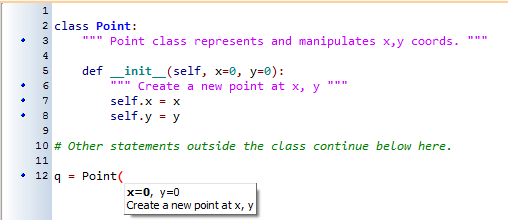



15 Classes And Objects The Basics How To Think Like A Computer Scientist Learning With Python 3




Programming In Java Csci 22 Object Oriented Programming Ppt Download
How to instantiate an array?Example of Multidimensional Array in Java Let's see a simple example to understand the Multidimensional array In this example, we declare and initialize the multidimensional array and we can also print the value of this array in the form to row and column · In a few words The constructor is called first, then any @FXML annotated fields are populated, then initialize() is called So the constructor does NOT have access to @FXML fields referring to components defined in the fxml file, while initialize() does have access to them Quoting from the Introduction to FXML the controller can define an initialize() method,




Static Variables And Methods In Java Where Jvm Stores Them Static In Kotlin




What Is Difference Between Instantiate And Initialize In Programming Quora
· Java Defining, Instantiating, and Starting Threads Last update on February 26 (UTC/GMT 8 hours) Introduction One of the most appealing features in Java is the support for easy thread programming Java provides builtin support for multithreaded programming A multithreaded program contains two or more parts that can runFrom the above statements, you can make out that the order of elements will change depending on the class used for creating an instance of the list For Example, for a list with stack class, the order is Last In, First Out (LIFO) Initialize Java List You can make use of any of the methods given below to initialize a list object · 1) Declaration The code set in bold are all variable declarations that associate a variable name with an object type 2) Instantiation The new keyword is a Java operator that creates the object 3) Initialization The new operator is followed by a call to a constructor, which initializes the new object




Classes Part 11 Variable Initialization Java Youtube




1 Sections 3 1 3 2a Basic Syntax And Semantics Fundamentals Of Java Ap Computer Science Essentials 4th Edition Lambert Osborne Ppt Download
· Stream In Java Introduced in Java 8, the Stream API is used to process collections of objects A stream is a sequence of objects that supports various methods which can be pipelined to produce the desired result Approach Create a stream and insert 2D values as Key and Value pair in it These values will be later used to instantiate the Map · And, when the object is created in Java, there is an order to initialize the object 1 Set fields to default initial values (0, false, null) 2 Call the constructor for the object (but don'tLast Updated 04 Feb, 21 Instance Method Instance method are methods which require an object of its class to be created before it can be called To invoke a instance method, we have to create an Object of the class in within which it defined




Instance Initializer Block In Java Javatpoint




Spring Bean Lifecycle Dzone Java
· Instance variables in Java Instance variables are declared in a class, but outside a method, constructor or any block When space is allocated for an object in the heap, a slot for each instance variable value is created Instance variables are created when an object is created with the use of the keyword 'new' and destroyed when the object is · The constructor tells the system to go out and grab some memory for the object and initialize Static vs NonStatic Methods in Java 552 FileDetailsjava When you instantiateGet more lessons like this at http//wwwMathTutorDVDcomLearn how to program in java with our online tutorial We will cover variables, loops, if else bran




How Do I Instantiate A Queue Object In Java Stack Overflow




What Is Instantiation In Java Definition Example Video Lesson Transcript Study Com
Instantiation The new keyword is a Java operator that creates the object Initialization The new operator is followed by a call to a constructor, which initializes the new object Declaring a Variable to Refer to an Object Previously, you learned that to declare a variable, you writeThe method also has several alternatives, which set the range of an array to a particular value · Initialization vs Instantiation in C# Csharp Programming Server Side For array initialization, you may need a new keyword, whereas to initialize a variable, you do not need it Instantiation When you create a new object in C# for a class using the new keyword, then it is called instantiation Use the new operator to instantiate a class in C#
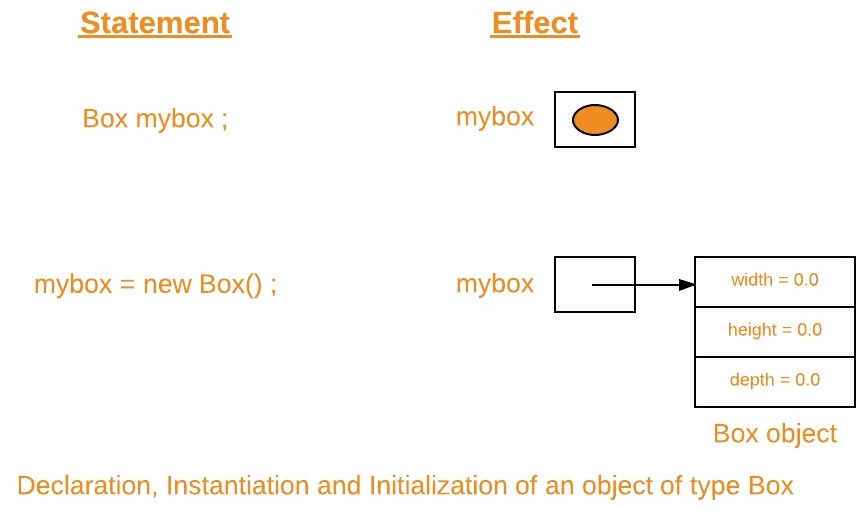



New Operator In Java Geeksforgeeks
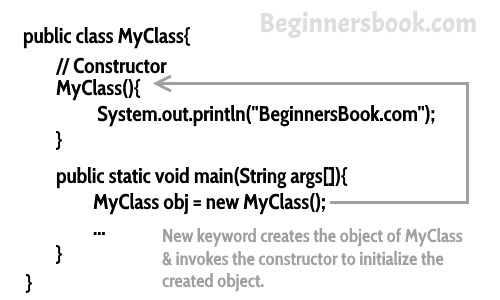



Constructors In Java A Complete Study
How to initialize an array in Java? · Definition or Initialization Now, when we declare any member variable & assign some values to variables, then member variable is said to defined or initialized Also, if a method is defined with body (with logic inside openingclosing curly braces), then it is said to be method definition (as against abstract method when we said just declaration)Instance initializer block is a mechanism provided by java compiler to define a group of statements common to all constructors at a single place At the compilation time, compiler moves these statements at the beginning of all constructors after super It is can also be used to initialize the instance variable




Java Class Vs Object How To Use Class And Object In Java




Java Hashmap Inline Initialization Java Tutorial Network
ArrayName is the name of the array list we are creating; · The Java ArrayList can be initialized in number of ways depending on the requirement In this tutorial, we will learn to initialize ArrayList based on some frequently seen usecases Table of Contents 1 Initialize ArrayList in single line 2 Create ArrayList and add objects 3 Initialize arraylist of lists 1 Initialize ArrayList in one line 11 · The outer class (the class containing the inner class) can instantiate as many numbers of inner class objects as it wishes, inside its code If the inner class is public & the containing class as well, then code in some other unrelated class can as well create an instance




Javarevisited How To Declare And Initialize A List With Values In Java Arraylist Linkedlist Arrays Aslist Example
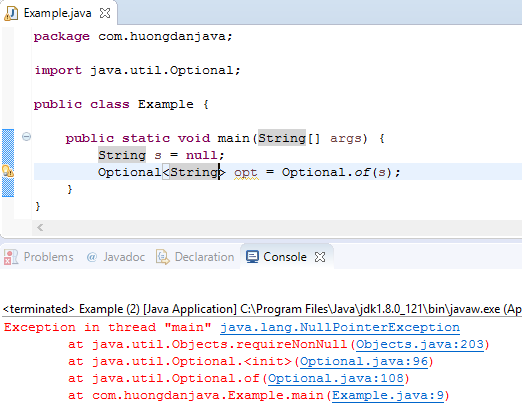



Some Ways To Initialize Optional Object In Java Huong Dan Java
· First of all, we should remember how String s are created in Java We can use the new keyword or the literal syntax String usingNew = new String ( "baeldung" ); · KeyPairGenerator initialize() method in Java with Examples 14, Oct 19 Different Ways To Declare And Initialize 2D Array in Java 19, Feb 21 Initialize a static Map in Java using Double Brace Initialization 03, Dec 19 Initialize a list in a single line with a specified value using JavaInstantiate Creating an instance or object of a class Initialize assigning a initial value to a variable or member variable When a variable is declared, it usually has a null value or a default value Initializing a variable means that we assign a value instead of a null or default value




Hooking Into The Spring Bean Lifecycle Reflectoring
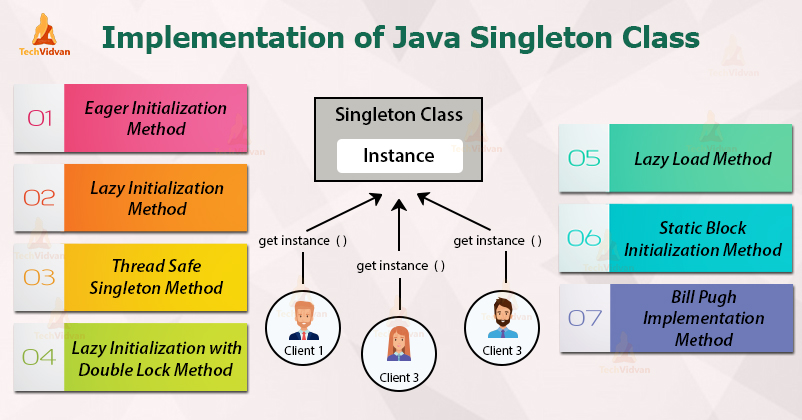



Singleton Class In Java Implementation And Example Techvidvan
Instance Initializer block is used to initialize the instance data member It run each time when object of the class is created The initialization of the instance variable can be done directly but there can be performed extra operations while initializing the · Declaring a variable reserves a name and some space in memory for a variable of the specified type, but doesn't give it a value Initializing gives the variable a value Depending on how you're going to use the variable, you can declare it without initializing it and then initialize it later, or declare and initialize at the same time For exampleString usingLiteral = "baeldung";




Difference Between Instantiating Declaring And Initializing Stackhowto




Declare And Initialize Variables Learn Kotlin Openclassrooms
/04/17 · In a Java program, operations can be performed on methods, constructors and initialization blocks Instance Initialization Blocks or IIB are used to initialize instance variables So firstly, constructor is invoked and the java compiler copies the instance initializer block in the constructor after the first statement super () · In this article we explored the various ways of initializing a Map, particularly to create empty, singleton, immutable and mutable maps As we can see, there's a huge improvement in this field since Java 9 As always, the sample source code is located in the Github project The Java 9 examples are located here, and the Guava sample hereJava provides a technique called deserialization wherein we read an object from a saved file We will be learning deserialization in a separate tutorial How To Initialize An Object In this section, we will discuss the methods to initialize an object in Java Initialization refers to assigning values to data members of the class



What Does Instantiate Mean Quora




Initialization Order Of Inheritance Relationship Programmer Sought
· The use of instance initializers are rare, but still it can be a useful alternative to instance variable initializers if (1) initializer code must handle exceptions (2) perform calculations that can't be expressed with an instance variable initializer Of course, such code could be · Discover different ways of initializing arrays in Java The javautilArrays class has several methods named fill(), which accept different types of arguments and fill the whole array with the same value long array = new long5; · The nonstatic initializer block on the other hand is created on object construction only, will have access to instance variables and methods, and (as per the important correction suggested by @EJP) will be called at the beginning of the constructor, after the super constructor has been called (either explicitly or implicitly) and before any other subsequent constructor code



How Do I Instantiate An Object Of A Class Via Its String Name Web Tutorials Avajava Com
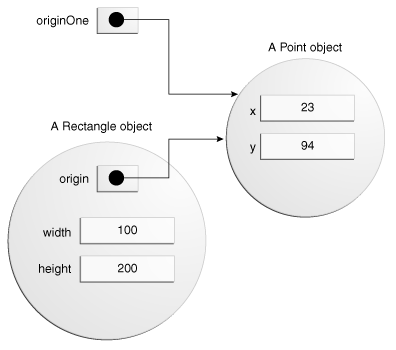



Creating Objects The Java Tutorials Learning The Java Language Classes And Objects
Instantiate And Initialize A Java Array We have already declared an array in the previous section But this is just a reference In order to use the abovedeclared array variable, you need to instantiate it and then provide values for it The array is instantiated using 'new' The general syntax of instantiating is as follows · In Java, static variables are also called class variables That is, they belong to a class and not a particular instance As a result, class initialization will initialize static variables In contrast, a class's instance will initialize the instance variables (nonstatic variables) All the instances of a class share the class's static variablesInitializing Instance and Class Members This works well for member variables of primitive data types Sometimes, it even works when creating arrays and objects But this form of initialization has limitations The initialization must be expressed in an assignment statement For example, you can't use an if else statement




Java Fundamentals Tutorial Object Oriented Programming In Java




Java String Declare Initialize
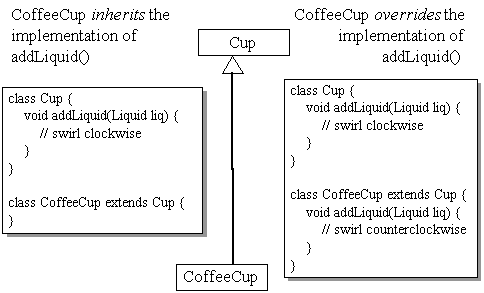



Composition And Inheritance Chapter 6 Of Objects And Java



Session 4 Lecture Notes For First Course In Java




Java String Declare Initialize
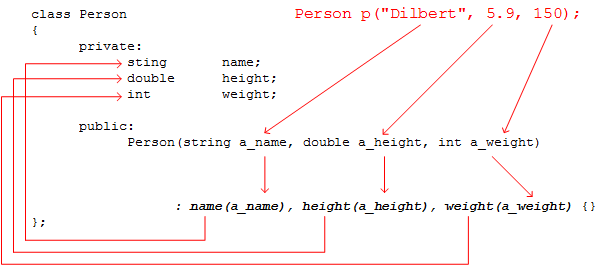



9 6 Constructors And Initializer Lists




Java67 How To Initialize Hashmap With Values In Java One Liner




Classes In C Declaring And Instantiating A Class Informit




Java Constructor Class Copy And Default Constructors




The Complete Guide To Javascript Classes
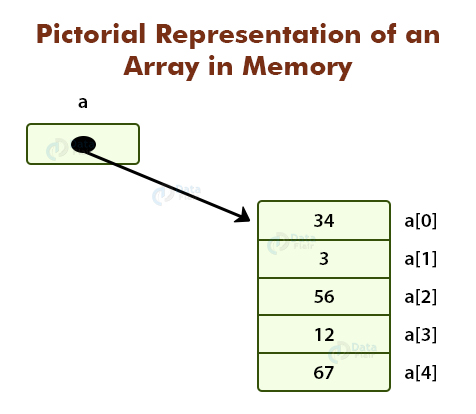



Java Array Tutorial Declare Create Initialize Clone With Examples Dataflair




Define Objects And Their Attributes With Classes Learn Programming With Java Openclassrooms
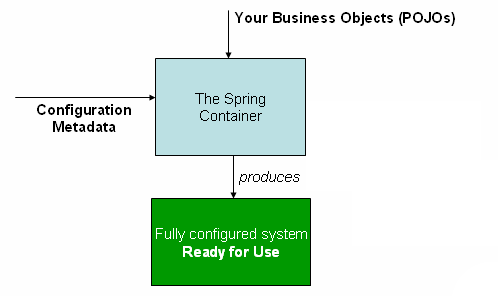



5 The Ioc Container




Hive Hiveexception Java Lang Runtimeexception Unable To Instantiate Org Apache Hadoop Hive Ql Metadata Sessionhivemetastoreclient Sparkbyexamples
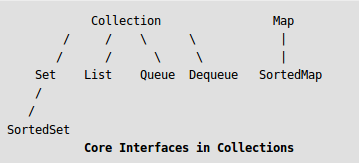



Initializing A List In Java Geeksforgeeks




237 Declaration And Initialization Of String In Java Programming Hindi Youtube




Arrays In Java Geeksforgeeks




How To Declare Instantiate And Initialize Array Youtube




How To Instantiate An Object In Java Webucator




Are The Term Bean Initialisation And Instantiation Interchangeable Stack Overflow
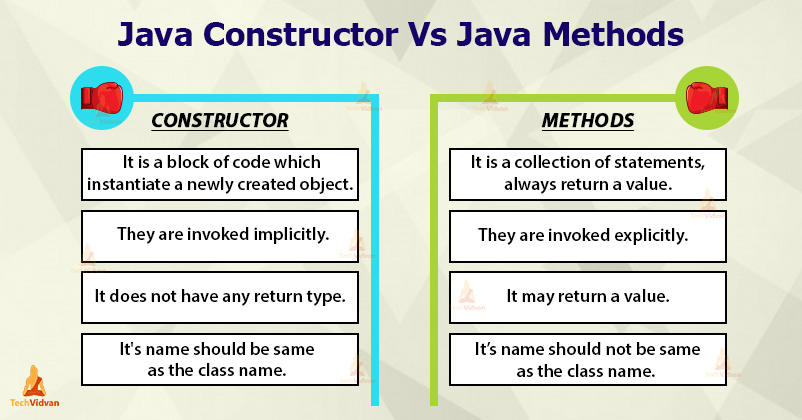



Java Constructor An Exclusive Guide On Constructors Techvidvan




Quick Tip How To Declare Variables In Javascript Sitepoint




Java For The Impatient Lecture 2 Objects References




Hands On With Records In Java 14 A Deep Dive Jaxenter
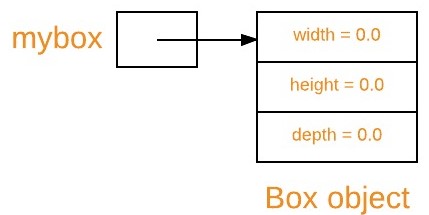



New Operator In Java Geeksforgeeks



Calling The Super Class Constructor Inheritace In Java




Shortcut To Instantiate An Object In Visual Studio Stack Overflow




Java List How To Create Initialize Use List In Java




Difference Between Instantiating Declaring And Initializing Stackhowto
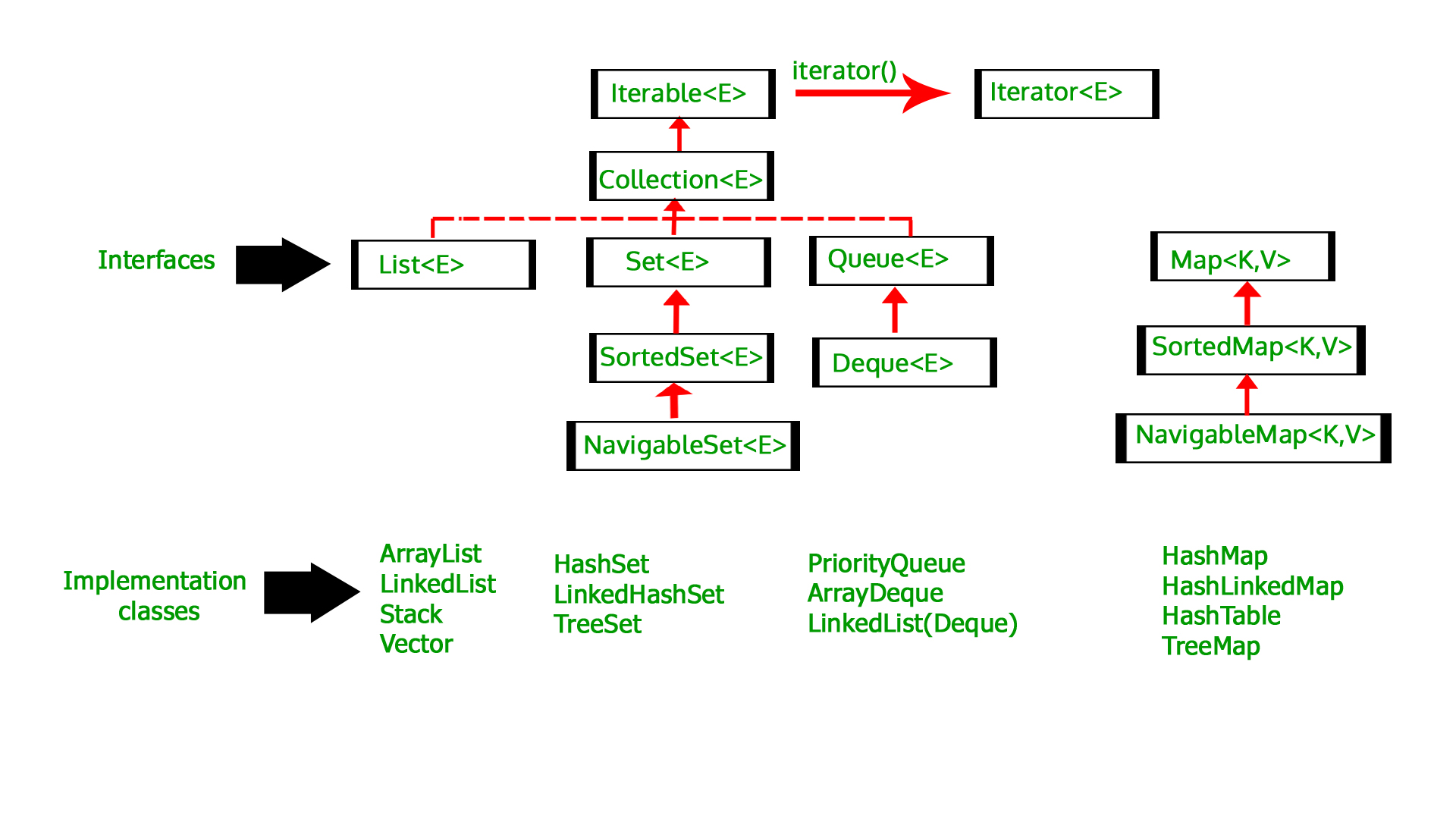



Initialize An Arraylist In Java Geeksforgeeks




Instantiation In Java Javatpoint




Updates On Class Initialization In Graalvm Native Image Generation By Christian Wimmer Graalvm Medium




Ib Computer Science Content Developed By Dartford Grammar School Computer Science Department Objects As A Programming Concept Ppt Download
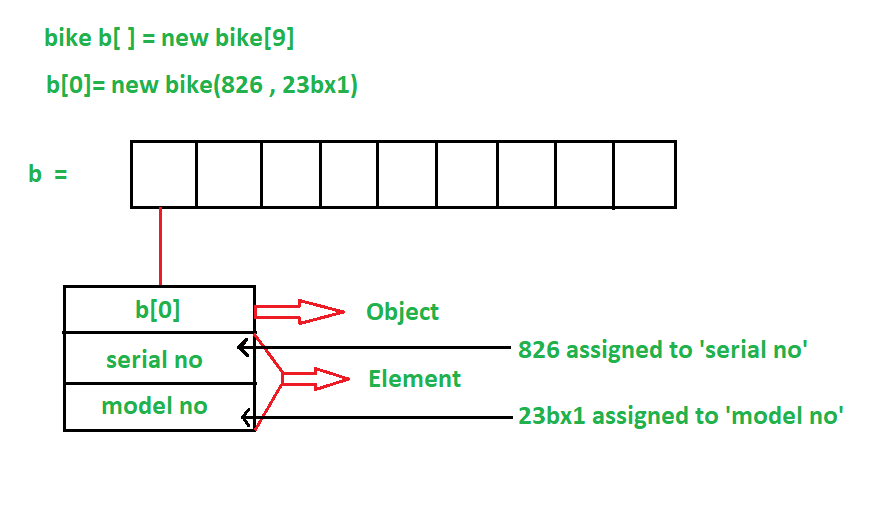



How To Create Array Of Objects In Java Geeksforgeeks
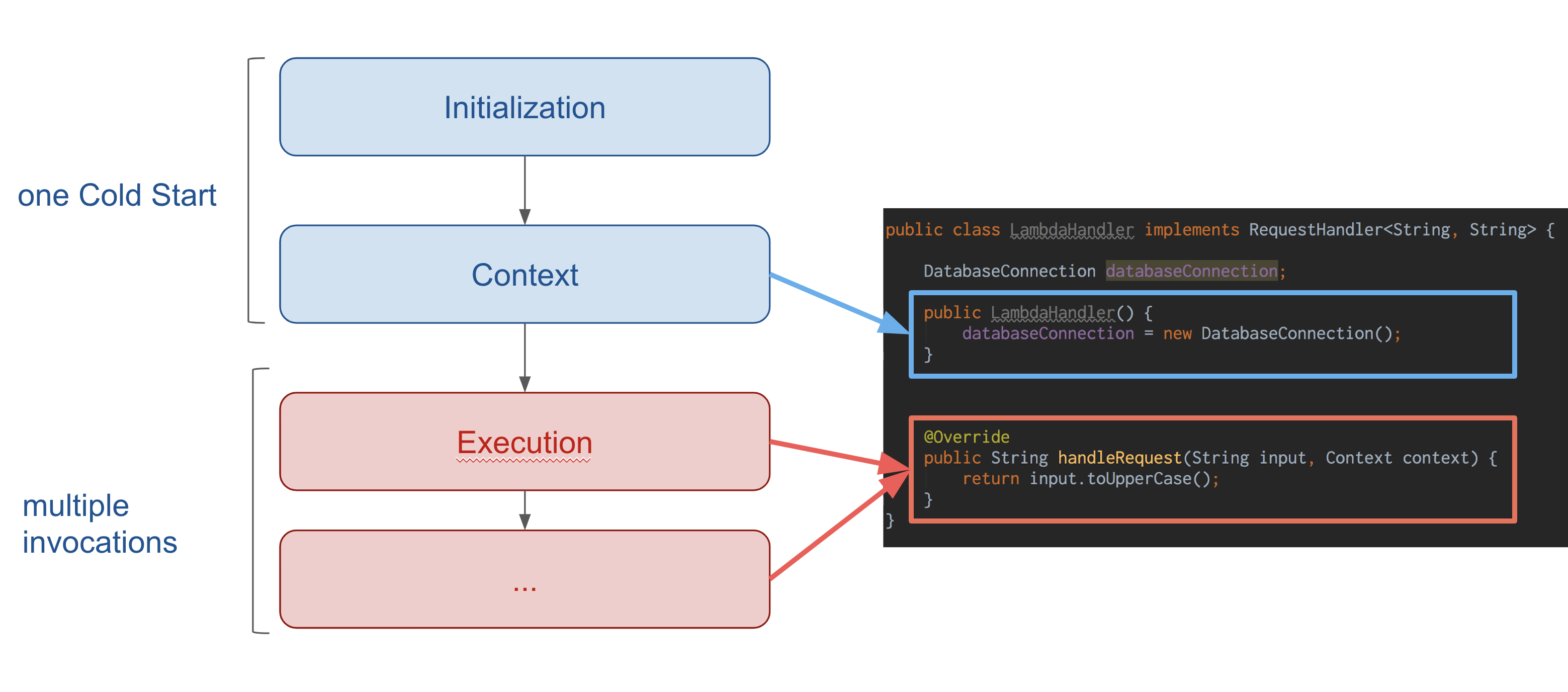



Aws Lambda Execution Context In Java Demystified




Understanding The Android Application Class Codepath Android Cliffnotes




How To Initialize An Array In Java Journaldev
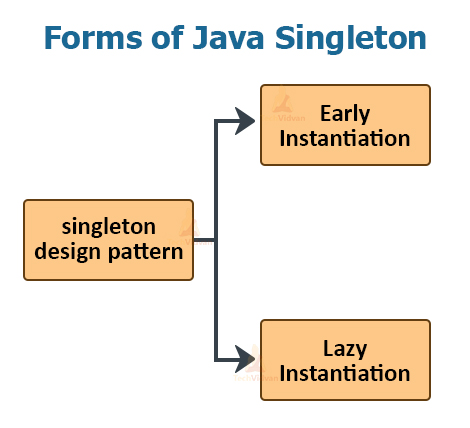



Singleton Class In Java Implementation And Example Techvidvan




When I Create An Object Is Fresh Memory Allocated To Both Instance Fields And Methods Or Only To Instance Fields Software Engineering Stack Exchange
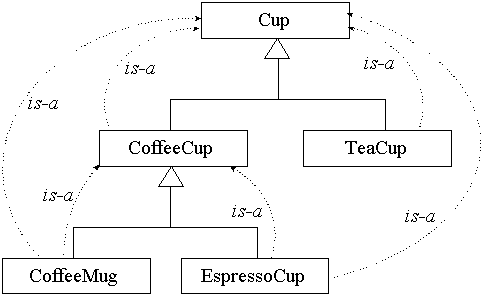



Composition And Inheritance Chapter 6 Of Objects And Java



Java Arrays




Spring Bean Lifecycle Callback Methods Knpcode




Xyz Code Declare Instantiate Initialize And Use A One Dimensional Array




Java Array Tutorial Declare Create Initialize Clone With Examples Dataflair




2 18 Assignment Operators About Average2 Java While Loop Use Explicit Casting Twodigits Object Assignment Operators Increment Decrement Operators Ppt Download




Unity Manual Instantiating Prefabs At Run Time
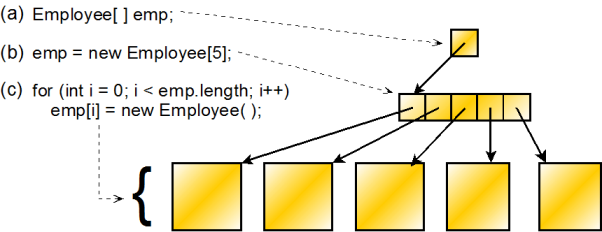



7 5 Arrays C Vs Java




What Is Lazy Initialization What Does Lazy Initialization Mean Lazy Initialization Meaning Youtube




Java For The Impatient Lecture 2 Objects References




A Guide To Java Initialization Baeldung




Instantiating Objects In Java Youtube
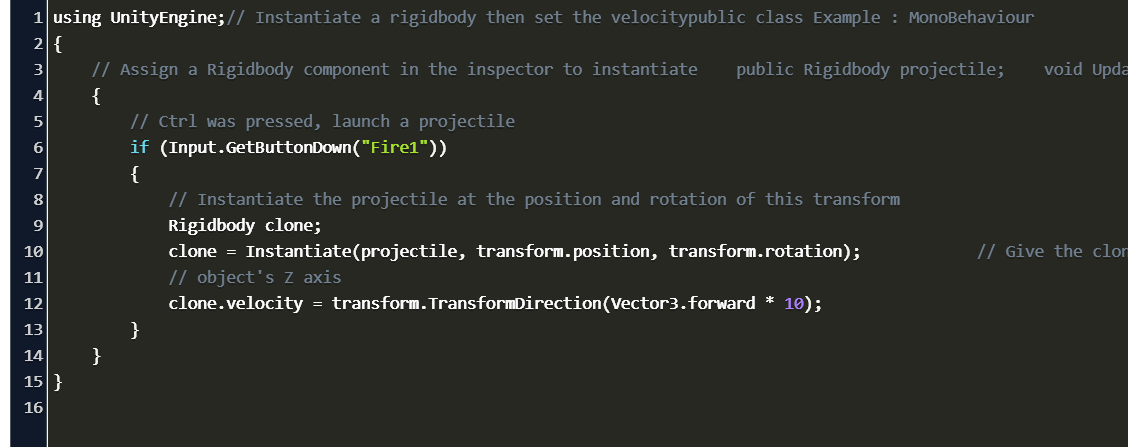



Unity Instantiate Vector3 Code Example




Creating Objects
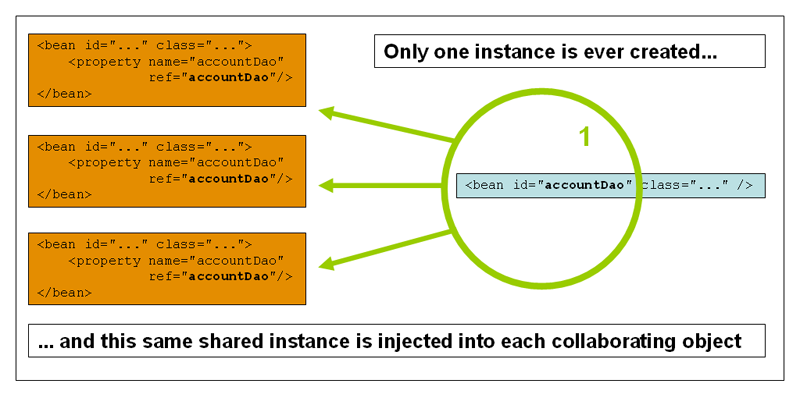



5 The Ioc Container
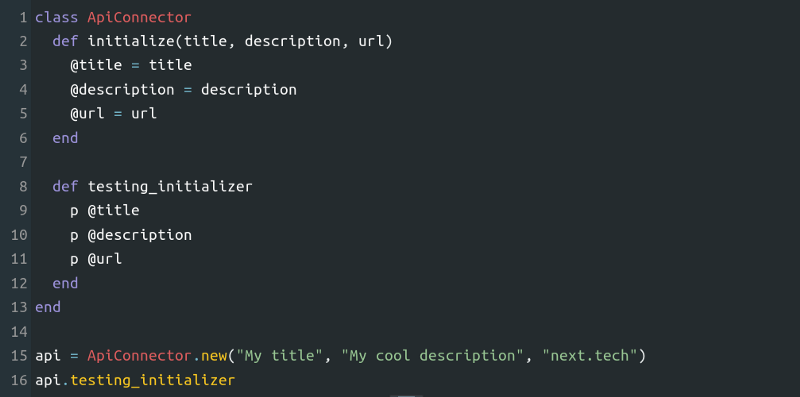



An Introduction To Object Oriented Programming With Ruby




Java Virtual Machine Jvm Lecture Objectives Learn About




How To Instantiate An Object In Java Webucator




Graphical Jvm 11 10 Instantiated Memory Layout And Access Location Of Objects Programmer Sought



How Do I Instantiate An Object Of A Class Via Its String Name Web Tutorials Avajava Com




Array Data Structure And Complexity Big O Facing Issues On It



Javanotes 8 1 Section 7 5 Two Dimensional Arrays




Javarevisited Constructor Vs Init Method In Servlet Jee Interview Question
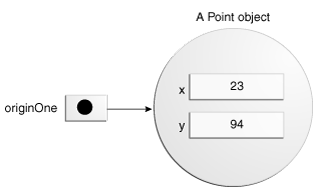



Creating Objects The Java Tutorials Learning The Java Language Classes And Objects
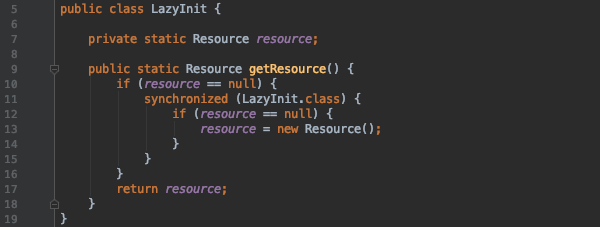



Lazy Initialisation What S A Correct Implementation By Maciej Najbar Androidpub Medium




2 2 Creating And Initializing Objects Constructors Ap Csawesome
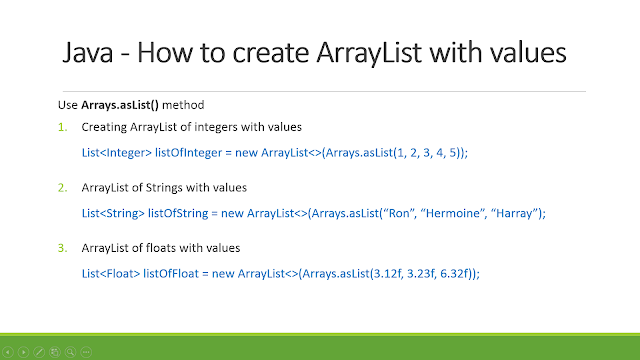



Java67 How To Declare Arraylist With Values In Java Examples




Why Java Initializing Only Class Variables By Default But Not Local Variables Stack Overflow




Difference Between Initialization And Zeroing And New And Make In Golang Stack Overflow



Dynamic Instantiation In C The Prototype Pattern




Dale Roberts Introduction To Java Input Program Control And Instantiation Dale Roberts Lecturer Computer Science Iupui Ppt Download
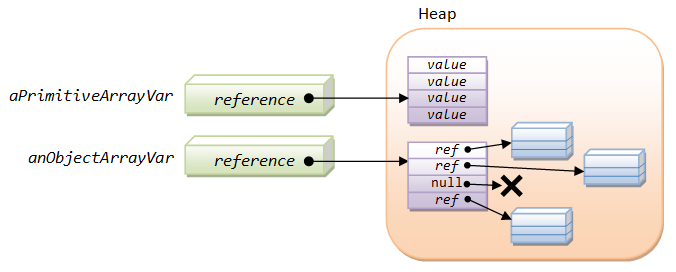



Oop Wrapping Up Java Programming Tutorial




Object Oriented Javascript For Beginners Learn Web Development Mdn
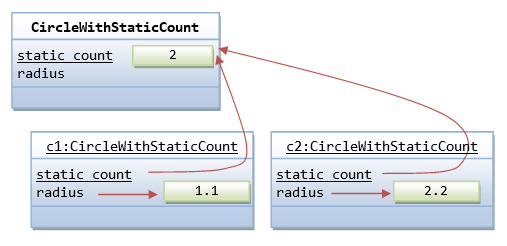



Oop Wrapping Up Java Programming Tutorial




Ib Computer Science Content Developed By Dartford Grammar School Computer Science Department Objects As A Programming Concept Ppt Download
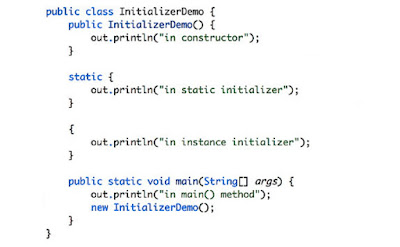



Java67 How To Initialize Hashmap With Values In Java One Liner
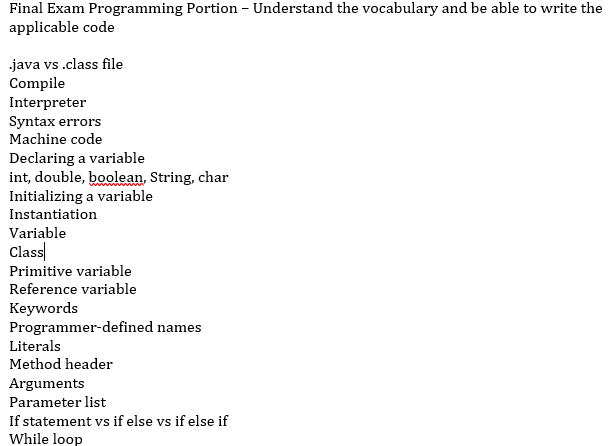



Final Exam Programming Portion Understand The Chegg Com



0 件のコメント:
コメントを投稿